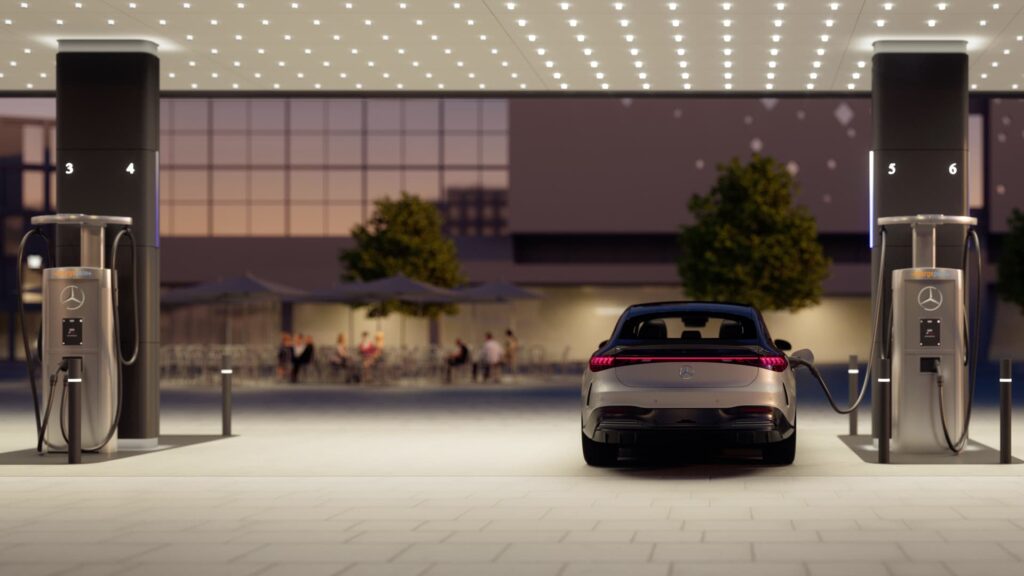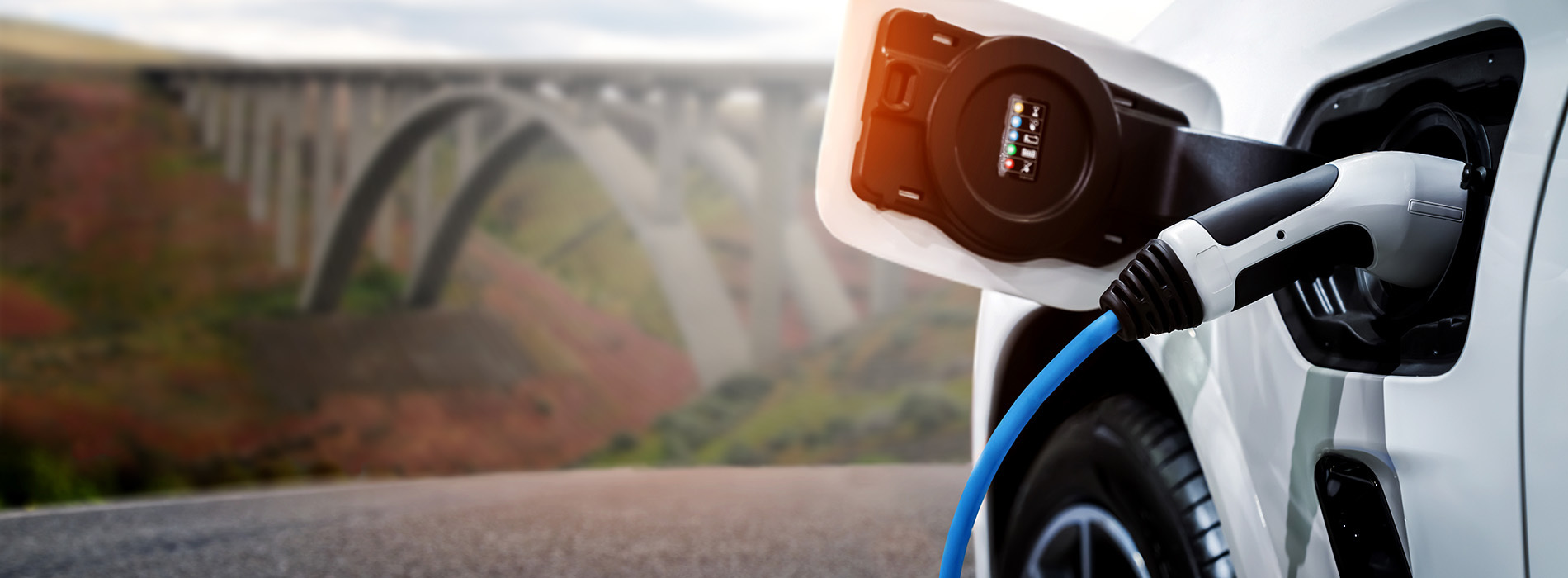What’s Driving the Growth of EV Infrastructure? Buy EV Charging news for Key Updates
What’s Driving the Growth of EV Infrastructure? Buy EV Charging news for Key Updates
Blog Article
Leading EV Charging Information: Key Updates on Facilities and Innovation

Current Advancements in Fast-Charging Innovation

Moreover, improvements in battery technology, including improved thermal monitoring systems and higher energy thickness batteries, complement fast-charging abilities. These growths reduce the risk of battery deterioration throughout quick charging, guaranteeing long life and performance for EV owners.
In addition, the integration of wise billing solutions is enhancing individual experience, making it possible for real-time monitoring and dynamic rates models. EV Charging news. This versatility enables vehicle drivers to optimize charging prices and times based on grid demand
As automakers proceed to buy fast-charging networks, the cooperation between industry stakeholders is crucial. Partnerships in between billing terminal service providers and vehicle suppliers are leading the way for comprehensive protection, ultimately promoting a much more robust EV environment. These innovations are crucial in sustaining the change to sustainable transportation.
Government Efforts for Charging Expansion
Government initiatives play a crucial role in the growth of electric car (EV) charging infrastructure, facilitating the transition to lasting transportation. Different federal and state programs are being executed to enhance billing access, lower the monetary burden on consumers, and advertise the fostering of electric vehicles.
Notably, the united state federal government has allocated substantial financing through the Infrastructure Financial Investment and Jobs Act, which allocates $7.5 billion for EV charging network growth throughout the nation. This financing is intended at deploying thousands of brand-new charging terminals, specifically in underserved areas, thereby resolving variety anxiety amongst prospective EV purchasers.
Furthermore, countless states are establishing legislation to streamline the permitting process for charging terminal setups, which is critical for accelerating release. Rewards such as tax obligation credit scores and rebates for both customers and companies are likewise being presented to motivate the installation of billing infrastructure.
Moreover, public-private collaborations are progressively coming to be a focus, leveraging exclusive investment to match federal government funding. These efforts underscore a joint method important for building a thorough and efficient EV billing network, eventually adding to a greener and more sustainable future.
Cutting-edge Battery Solutions Enhancing Efficiency
Transforming the landscape of electric vehicle (EV) technology, ingenious battery remedies are significantly improving performance and efficiency. Breakthroughs in battery chemistry, specifically with lithium-sulfur and solid-state batteries, are resulting in increased power thickness, which permits longer ranges and faster charging times. These new battery types have the prospective to outmatch traditional lithium-ion batteries by more tips here providing higher capabilities while reducing weight, thus enhancing general car effectiveness.
Additionally, advancements in battery monitoring systems (BMS) are optimizing energy usage and extending battery lifespan. Intelligent formulas check battery wellness and efficiency, enabling real-time adjustments to billing and releasing procedures. This not only improves the efficiency of the battery yet additionally makes certain an extra trusted and lasting energy source for EVs.
Moreover, the combination of recycling modern technologies is resolving the ecological effect of battery production and disposal. Innovations in second-life applications for EV batteries are promoting their use in energy storage systems, contributing to a round economic situation.
As these innovative battery options remain to evolve, they guarantee to transform the EV market, making electrical automobiles extra easily accessible and attractive to a wider target market while supporting international sustainability goals.

Collaboration Between Automakers and Charging Networks
Acknowledging the important demand for a durable billing framework, car manufacturers are increasingly collaborating with charging network service providers to improve the EV ownership experience (EV Charging news). These partnerships aim to create a seamless charging ecological community that profits customers and sustains the change to electrical lorries
Significant vehicle brands are joining forces with well-known billing networks to increase their billing station coverage, ensuring drivers have accessibility to reputable and practical charging alternatives. For example, collaborations with networks like ChargePoint and Electrify America allow automakers to incorporate billing remedies directly into their lorries' navigating systems, directing users to the local terminals and providing real-time schedule updates.
Additionally, these cooperations commonly lead to the development of fast-charging modern technologies that substantially reduce the moment needed to charge an EV. By pooling resources and expertise, car manufacturers and billing networks can introduce much faster, developing options that meet the growing demand for electric wheelchair.
Additionally, joint efforts might likewise bring about more standard charging methods, which can minimize consumer confusion and promote broader EV fostering. On the whole, these calculated alliances are pivotal in constructing a easy to use and effective billing facilities that satisfies the demands of an increasing electric vehicle market.
Challenges Encountering EV Billing Infrastructure
As the electrical vehicle market remains to expand, numerous difficulties are surfacing that impede the advancement of an extensive billing infrastructure. Among the primary obstacles is the inadequate number of charging terminals, specifically in underserved and country metropolitan locations. This space produces array anxiousness among possible EV buyers, discouraging them from making the view publisher site button.
Additionally, the absence of standardization in charging technology complicates the framework landscape. Variants in plug types and charging rates can produce complication for individuals and enhance from this source operational intricacies for charging network operators.
An additional pressing concern is the high expense connected with the installation and upkeep of billing stations, which can be a barrier for both private organizations and public entities. Governing obstacles and zoning constraints can delay the release of charging facilities, impeding development in increasing necessary solutions. Resolving these obstacles will be critical for fostering a durable EV ecosystem that supports the shift to lasting transport.
Conclusion
To conclude, the recurring advancements in EV charging modern technology, sustained by significant federal government campaigns and innovative battery services, are critical for the expansion and effectiveness of electric automobile facilities. Cooperations in between car manufacturers and billing service providers additionally boost terminal insurance coverage, addressing the growing need for accessible billing alternatives. Regardless of difficulties that linger within the EV charging landscape, these developments indicate a favorable trajectory in the direction of a much more sustainable and effective electrical lorry ecological community.
Technologies in billing framework have actually led to the advancement of ultra-fast chargers capable of delivering up to 350 kW of power, considerably reducing charging times. Variants in plug types and charging rates can produce complication for individuals and enhance operational intricacies for charging network operators.In verdict, the continuous improvements in EV charging technology, sustained by substantial government initiatives and cutting-edge battery options, are crucial for the development and effectiveness of electric car framework. Cooperations between automakers and billing companies further boost station insurance coverage, dealing with the growing need for available billing options. Regardless of challenges that linger within the EV charging landscape, these growths symbolize a positive trajectory in the direction of a more effective and lasting electric automobile ecosystem.
Report this page